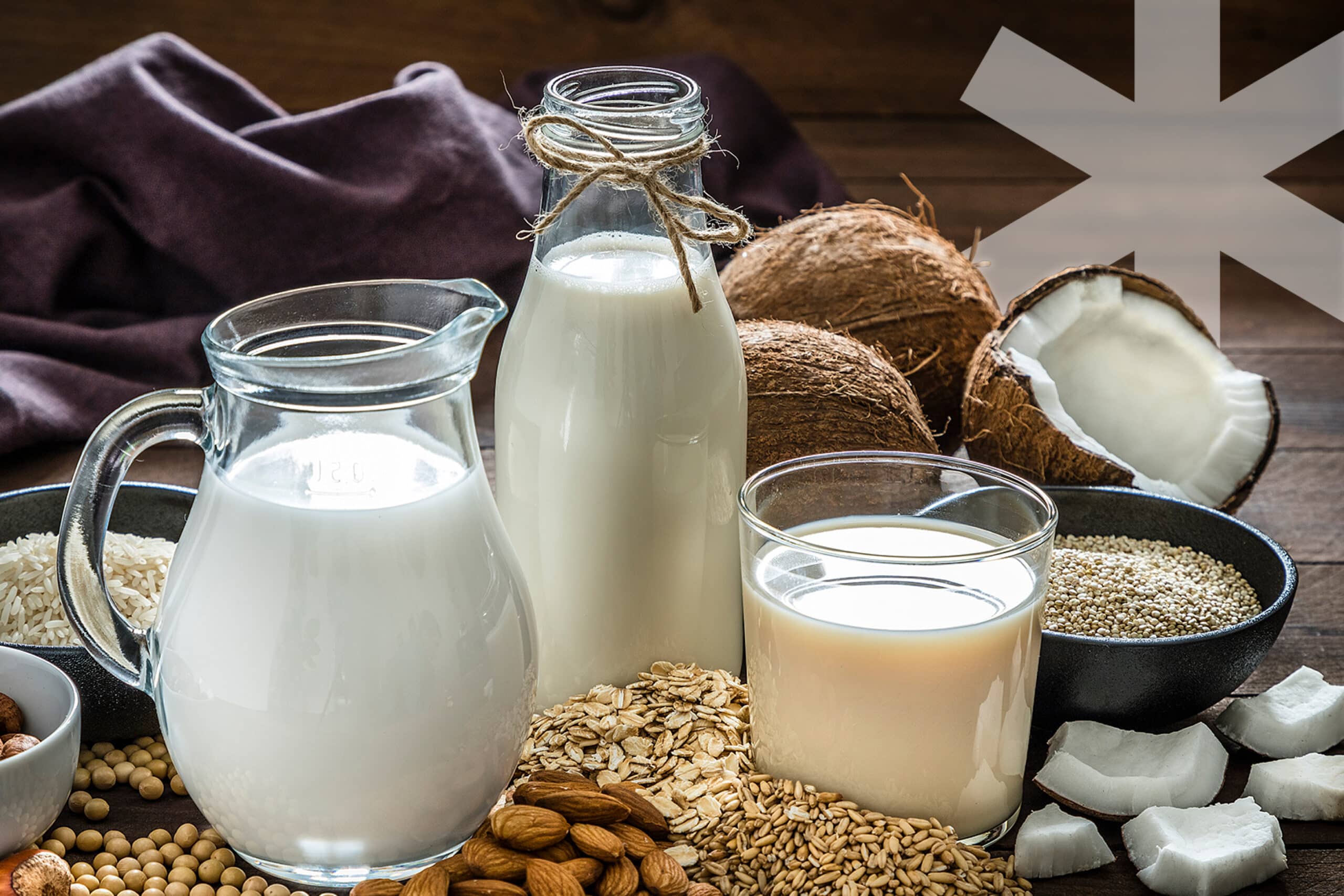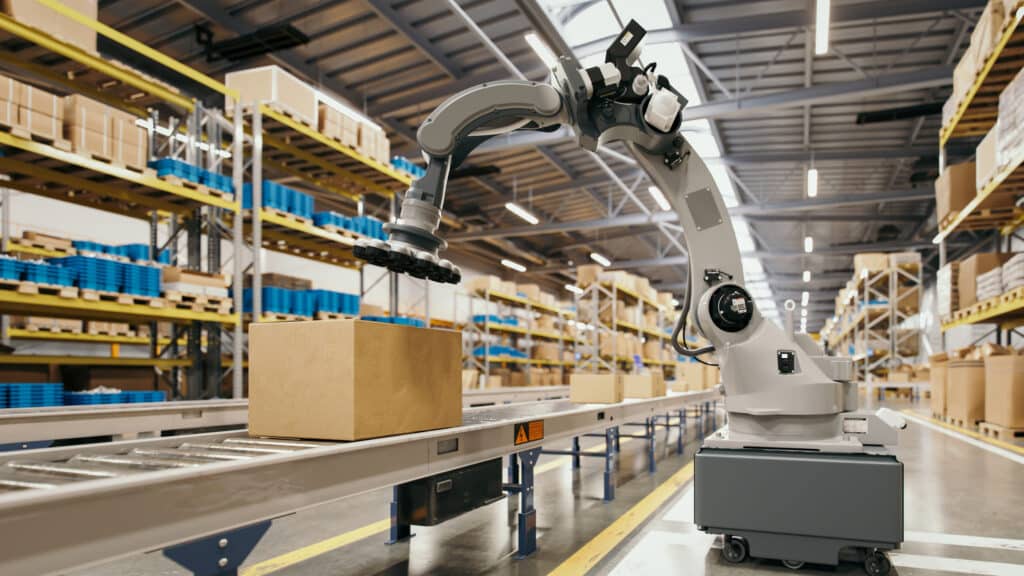Global trade in dairy products has undergone a profound transformation over the past few decades. Once dominated by a handful of key export nations, such as New Zealand, the European Union and the United States, shifting consumer preferences, sustainability concerns, geopolitical tensions and the rapid rise of dairy alternatives are reshaping the trading landscape. With the future of trade flows up in the air, producers and traders are rethinking their traditional supply chains and adapting to an ever-evolving market.
With the ways that dairy is consumed, produced and traded changing, companies must look to the future to adapt, pivot and transform their operations.
The emerging poles of dairy trade
Historically, the dairy trade revolved around a few key exporters supplying a select group of importing nations. However, rapid economic growth in Asia, the Middle East and Africa has fuelled new centres of demand. China has emerged as the world’s largest importer of dairy, with significant demand for milk powder, infant formula and cheese driving global trade. Meanwhile, Southeast Asia, with its rapidly urbanising populations, is increasingly reliant on imports to meet nutritional needs.
Reflecting this changing dynamic, major European companies, like Friesland Campina and Arla Foods, are expanding their Asian footprints through strategic investments and growing exports of key products.
At the same time, new and fast-scaling businesses from emerging economies, like India’s largest dairy cooperative Amul and Brazilian company Vigor Alimentos, are also increasing their share of global exports and competing with established firms from the US and Europe.
The role of geopolitics in altering trade flows
In addition to the emergence of new global trading hubs, rising geopolitical tension is further driving changes to dairy trade. The US-China trade war has already significantly impacted American dairy exports, leading companies such as Dairy Farmers of America (DFA) to shift focus towards Mexico and Southeast Asia to compensate for losses in China.
In the UK, European companies, like Müller and Ornua, have faced regulatory hurdles following Brexit, leading Ornua to expand exports to the US and Asia to reduce reliance on the UK.
Additionally, food security concerns have prompted some nations to increase domestic dairy production. Yili Group, one of China’s largest dairy companies, has heavily invested in local farms to reduce dependency on imports. With economic headwinds persistent, businesses throughout the dairy supply chain are being forced to adjust and adapt, further driving changes to global trade flows.
The sustainability imperative
Another significant source of change to established dairy trade flows is the mounting pressure for dairy businesses to become more sustainable. Climate change, water scarcity and growing scrutiny of methane emissions from cattle have made the environmental impact of the dairy sector a central issue for consumers and regulators alike.
In response, leading companies like Danone have committed to achieving carbon neutrality. To drive its 2050 carbon neutrality goal, Danone has invested in regenerative farming methods, methane reduction technologies and biodiversity initiatives. In another example, Synlait Milk has taken a leading role in sustainable dairy production by promoting low-emission farming techniques throughout its supply chain.
The rise of dairy alternatives
One of the biggest disruptions to traditional dairy is the explosion of dairy alternatives. Plant-based milk products, such as oat, almond and soy milk, have surged in popularity, driven by health-conscious consumers and sustainability concerns.
To adapt, traditional dairy companies have entered the plant-based space. Bel Group, the company behind Babybel and The Laughing Cow, has expanded into plant-based cheese alternatives with its Nurishh brand, offering vegan-friendly cheese products made from coconut oil and pea protein. Meanwhile, Danone has been growing its Alpro brand, a leader in almond, soy and oat milk, to compete with independent plant-based brands.
Beyond plant-based options, precision fermentation is emerging as a major threat to traditional dairy. Companies such as Perfect Day are developing lab-grown dairy proteins that mimic the taste and texture of milk without using cows. These proteins are already being used in products such as Brave Robot ice cream. Major food companies are investing in this space to future-proof their dairy portfolios as they continue to face headwinds driven by trade disruption.
Changing consumer preferences
Conscious consumers are increasingly looking for nutritious products which have low environmental impact, further driving changes to the global dairy sector.
- High-protein and functional dairy
Shoppers in many key dairy markets want high-protein, functional foods, and this is driving significant growth in specialized dairy products. Companies like Glanbia Nutritionals and Arla Foods Ingredients are developing high-protein dairy powders used in sports nutrition, medical foods and protein-fortified snacks, with these ingredients now a major part of the dairy trade, opening new revenue streams for producers.
- Cheese and premium dairy products
While liquid milk consumption has declined in markets like the US and Europe, cheese consumption is rising. Specialty and artisan cheeses, like those produced by Bel Group and Saputo, are seeing strong global demand, particularly in China and India.
- Dairy in plant-based foods
Dairy has an important role to play in plant-based foods as well. Some hybrid products combine dairy and plant-based ingredients, such as those made by Daiya which produces plant-based cheese, and experiments with formulations that include dairy proteins to improve taste and texture. This blending of dairy and alternatives may shape the future of dairy consumption.
The future of dairy trade
The global dairy industry is in a state of flux, shaped by sustainability pressures, geopolitical shifts, emerging markets, and the rise of dairy alternatives. Companies must navigate an increasingly complex landscape, balancing the need to maintain traditional dairy production while embracing innovation in ingredients, sustainability, and new product categories.
Key trends to watch:
- Regionalisation of supply chains: With increasing geopolitical risks and food security concerns, expect dairy supply chains to become more localized.
- Growth in dairy ingredients: High-protein dairy products and functional ingredients will continue to drive demand.
- Expansion of premium dairy: Cheese, specialty dairy, and high-value products will be key growth areas.
- Rise of alternative dairy proteins: Lab-grown and precision-fermented dairy will increasingly compete with traditional dairy in processed foods.
For producers, adaptability is key. Those who can embrace sustainability, leverage dairy’s evolving role in food innovation, and respond to changing consumer demands—whether by producing traditional dairy or alternatives—will lead the next era of dairy trade.
Find out how Argon & Co can help you adapt to the changing face of the dairy sector.
This is the final article in our mini-series titled ‘The future of dairy: how technology, trade and transformation can drive performance in a changing industry’
Read more here:
Article 1 – Connected, agile, informed: The next era of dairy supply chains
Article 2 – The next frontier of dairy: the four technologies shaping the future of the dairy industry
Article 3 – Unlocking value through sustainability: the opportunities of circularity for dairy businesses






